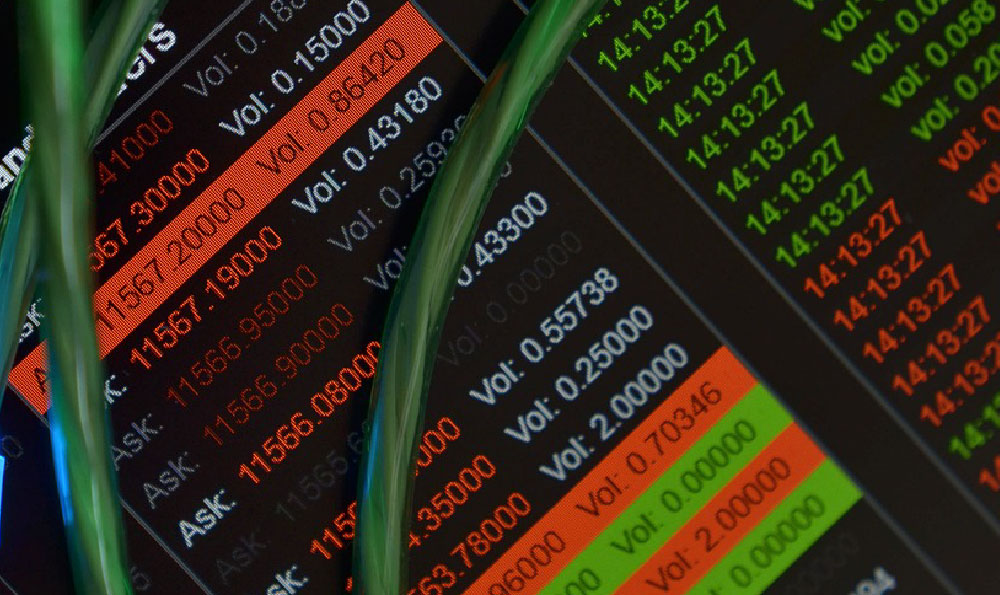Investing in stablecoins is a topic that deserves careful consideration. While often perceived as a safe haven in the volatile world of cryptocurrency, their stability is predicated on various mechanisms, and a thorough understanding is essential before allocating capital. Let's delve into the nuances of stablecoin investments, weighing the potential benefits against the inherent risks.
At their core, stablecoins aim to maintain a stable value, typically pegged to a fiat currency like the US dollar. This stability differentiates them from other cryptocurrencies, such as Bitcoin or Ethereum, which are known for their price fluctuations. The primary appeal of stablecoins lies in their ability to facilitate seamless transactions within the crypto ecosystem, providing a less volatile medium of exchange. Traders often utilize them to park profits during market downturns or to quickly move funds between exchanges without the need to convert back to traditional currencies.
However, the stability of a stablecoin isn't guaranteed. Different stablecoins employ varying mechanisms to maintain their peg. These mechanisms can be broadly categorized into three main types: fiat-backed, crypto-backed, and algorithmic stablecoins.

Fiat-backed stablecoins, like Tether (USDT) and USD Coin (USDC), claim to hold reserves of fiat currency equivalent to the number of stablecoins in circulation. The idea is that each stablecoin is backed 1:1 by a corresponding amount of US dollars or other fiat currencies held in custody. The transparency and auditability of these reserves are crucial. If the reserve isn't adequately maintained or transparently audited, the stablecoin can lose its peg and cause a "de-peg" event, where the price deviates significantly from its intended value. Historical concerns about Tether's reserves, although largely addressed, serve as a cautionary tale. It's paramount to scrutinize the auditing practices and transparency reports of any fiat-backed stablecoin before investing. Diversifying across different fiat-backed stablecoins issued by reputable companies can also mitigate risk.
Crypto-backed stablecoins are collateralized by other cryptocurrencies. Because the value of these collateral assets can fluctuate significantly, crypto-backed stablecoins are often over-collateralized, meaning that the value of the collateral held in reserve exceeds the total value of the stablecoins issued. This over-collateralization is intended to provide a buffer against price volatility in the collateral. MakerDAO's DAI is a prominent example of a crypto-backed stablecoin. While potentially more decentralized than fiat-backed stablecoins, crypto-backed stablecoins introduce complexities related to the smart contracts governing the collateralization process. Smart contract vulnerabilities or flash loan attacks can potentially destabilize the peg. Therefore, careful evaluation of the smart contract security and the governance mechanisms of crypto-backed stablecoins is essential.
Algorithmic stablecoins are the most complex and arguably the riskiest type of stablecoin. They rely on algorithms and smart contracts to adjust the supply of the stablecoin in response to changes in demand, with the goal of maintaining the peg. They often involve complex mechanisms like burning tokens or incentivizing arbitrage to keep the price stable. The TerraUSD (UST) collapse serves as a stark reminder of the inherent risks associated with algorithmic stablecoins. UST's failure to maintain its peg triggered a death spiral that wiped out billions of dollars in value. The lesson here is to approach algorithmic stablecoins with extreme caution and only invest what you can afford to lose. Thoroughly understand the underlying mechanisms and the potential failure modes before allocating any capital.
Beyond the inherent risks of each type of stablecoin, regulatory scrutiny poses another significant challenge. Regulatory bodies worldwide are actively exploring ways to regulate stablecoins, and new regulations could have a significant impact on their adoption and value. It's important to stay informed about the evolving regulatory landscape and how it might affect your stablecoin investments.
Investing in stablecoins isn't simply about parking funds in a "safe" asset. It's about understanding the underlying mechanisms, the associated risks, and the regulatory environment. Before investing, conduct thorough due diligence on the specific stablecoin you're considering. Investigate the issuer, the collateralization method, the auditing practices, and the smart contract security. Diversify your holdings across different stablecoins to reduce risk.
Furthermore, consider the use case of the stablecoin. Are you primarily using it for trading, yield farming, or as a store of value? The intended use case should inform your choice of stablecoin. For example, if you're primarily using stablecoins for trading, you might prioritize stablecoins with high liquidity and low transaction fees. If you're using them as a store of value, you might prioritize stablecoins with a proven track record of stability and transparency.
Yield farming, a common practice in the DeFi space, involves lending or staking stablecoins to earn rewards. While yield farming can offer attractive returns, it also comes with risks such as impermanent loss, smart contract vulnerabilities, and rug pulls. Before participating in yield farming, carefully evaluate the risks involved and only invest what you can afford to lose.
In conclusion, investing in stablecoins can be a wise choice if approached with a clear understanding of the risks and a well-defined investment strategy. However, it's crucial to avoid the misconception that stablecoins are entirely risk-free. By conducting thorough due diligence, diversifying your holdings, and staying informed about the evolving regulatory landscape, you can make informed decisions and potentially benefit from the opportunities that stablecoins offer while mitigating the risks. Treat stablecoin investments with the same level of caution and scrutiny as you would any other investment in the volatile cryptocurrency market. Ultimately, a balanced approach that combines potential rewards with prudent risk management is the key to success in the world of stablecoin investing.












